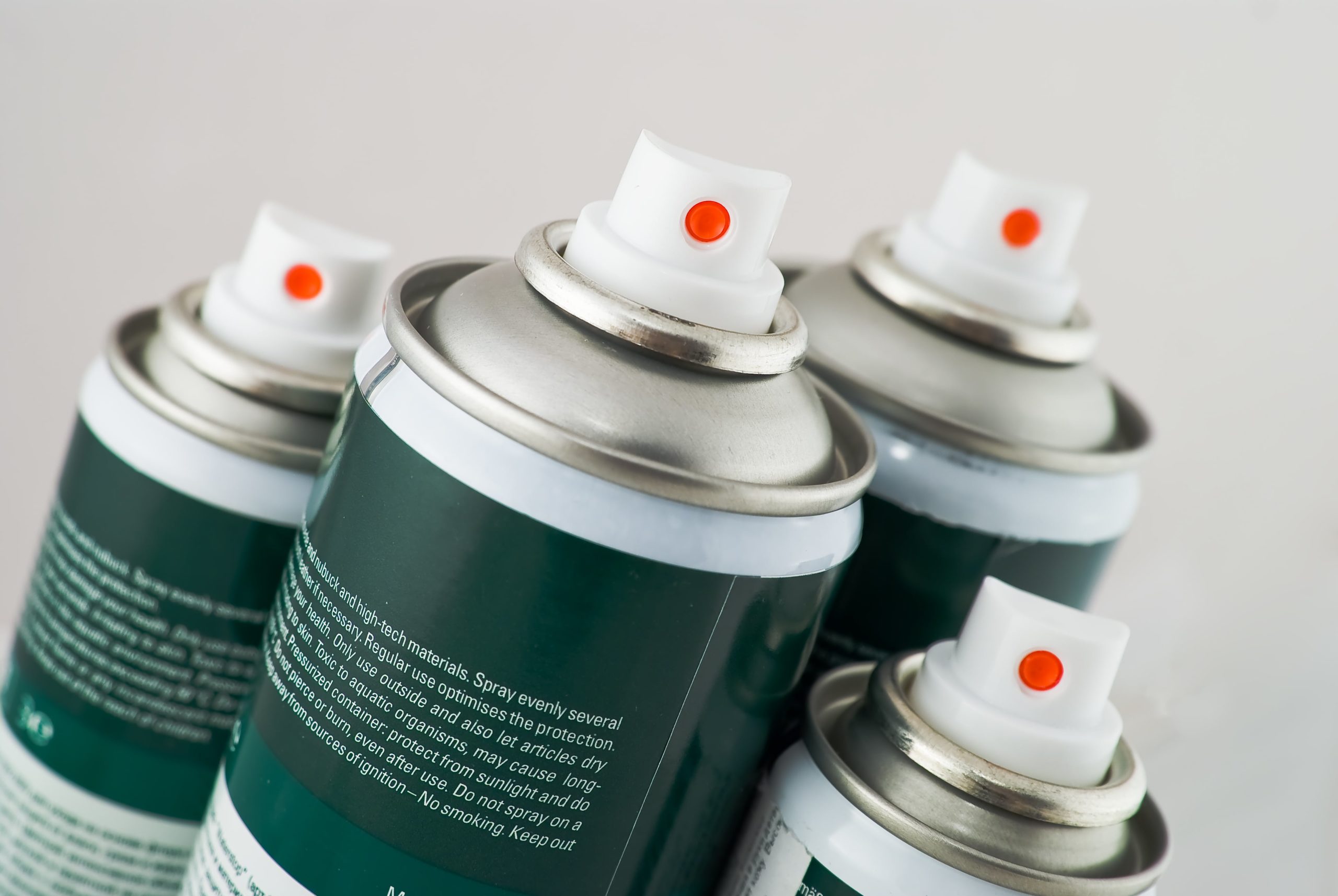Most people do not know that substances all around them can be misused when inhaled or huffed. People that misuse these substances do so because the chance of being discovered is not as noticeable as other addictive substances. However, when you are familiar with the signs and symptoms of huffing addiction, it is much harder for someone to hide their substance misuse disorder.
What is Huffing?
Huffing is misusing inhalants by inhaling their fumes to experience a high. According to the National Institute on Drug Abuse (NIDA), about 2.4 million people aged 12 and older misused inhalants in 2020. While inhalant use disorders can occur at any age, tweens and teens tend to misuse them the most because of their ease of access.
What Do People Huff to Get High?
Any type of substance that causes a head rush and the sensations of feeling high can be huffed. From common household cleaners to glues, paint thinner, and markers, those struggling with huffing addiction will try just about anything to experience a high.
There are four general categories of huffed items, including aerosols, nitrites, volatile solvents, and gasses. The following are some of the more common products huffed in these categories are:
Aerosols
- Hair Spray
- Spray Paint
- Cooking Sprays
- Deodorant Sprays
Nitrites
- Poppers
- Snappers
- Leather Cleaners
- Room Deodorizers
Volatile Solvents
- Nail Polish Remover
- Makers
- Paint Thinner
- Glues
- Paint Remover
- Correction Fluid
- Rubber Cement
- Degreasers
- Gasoline
Gasses
- Nitrous Oxide
- Cans of Whipped Cream
- Butane Lighter Fluid
- Refrigerants
Dangers of Huffing
Many of the substances huffed are harsh and dangerous chemicals. They can damage the nerve receptors inside the nose. Continued misuse can also lead to problems detecting various scents and smells.
In addition, when the substances reach the brain, they often reduce the amount of oxygen to create the initial rush and high sensations. Prolonged misuse will kill and damage brain cells leading to a host of problems, including:
- Personality Changes
- Learning Disabilities
- Memory Problems
- Memory Loss
- Mobility Problems
- Vision Problems
Furthermore, there are risks of accidental overdose, coma, and even death.
Is Huffing Addictive?
Yes, huffing can become addictive due to the initial sensations experienced when misusing inhalants. Inhalants affect the central nervous system and mimic the effects of alcohol. Some of the more common short-term effects include the following:
- Lightheadedness
- Dizziness
- Extreme Happiness
- Excitability
- Euphoria
- Slurred Speech
- Blurred Vision
As these effects wear off, one can feel sleepy, experience headaches, and become nauseous, much like a hangover after drinking an excessive amount of alcohol. Unfortunately, the brain remembers huffing as a positive behavior from the initial rush and high sensations experienced. As a result, the brain will crave huffed substances. Sadly, the more someone huffs, the more their body adjusts to their misuse and builds a tolerance to the substances.
Therefore, they have to huff even larger quantities to achieve the desired effects, even for a short period. The more one huffs, the risks of permanent brain damage, seizures, coma, and death also continue to increase.
Signs and Symptoms of Huffing Addiction
Identifying the signs and symptoms of huffing addiction can be difficult because they can often be mistaken for something else. For example, red eyes and a runny nose are two of the common signs that could indicate a huffing use disorder.
However, many people mistakenly assume the person is suffering from seasonal allergies or a cold, not huffing substances. Other common signs to look for that could indicate a huffing addiction include:
- Strange Smelling Breath
- Strange Body Odor
- Appearing Drunk
- Frequent Mouth Sores
- Reduced Appetite
- Frequent Mood Swings
You may also notice paint stains or marker stains on the individual’s clothing or face. Another indication is when you notice the person has an excessive amount of commonly huffed products, yet does not appear to be using them for their intended purpose.
How to Treat Huffing Addiction
Quitting huffing can be challenging for some individuals who have not yet accepted they have an addiction. In these cases, an intervention led by a qualified interventionist could be beneficial.
Once a person admits they need help, it is crucial for them to go through supervised detox in case there are any adverse withdrawal symptoms. Some people do not experience any physical withdrawal symptoms at all. However, depending on the extent of their addiction, they could still experience psychological withdrawal symptoms like increased irritability, insomnia, and intense cravings.
Various treatment methods are used to treat huffing use disorders tailored to the individual’s specific needs, such as:
- Detox
- Inpatient Rehab
- Outpatient Rehab
- Individual Therapy
- Group Counseling
- Family Counseling
- Aftercare Programming
Begin Addiction Treatment for Huffing in Columbus, OH
When you or someone you love is struggling with huffing addiction, help is available at Ohio Addiction Recovery Center in Columbus, Ohio. We offer inpatient and outpatient rehab programs that include supervised detox in a safe, caring, and supportive environment. Our objective is to help people struggling with addiction establish a solid foundation to achieve long-term sobriety. To learn more about our addiction treatment for huffing use disorders or to speak with an intake specialist today, please feel free to contact us today!






